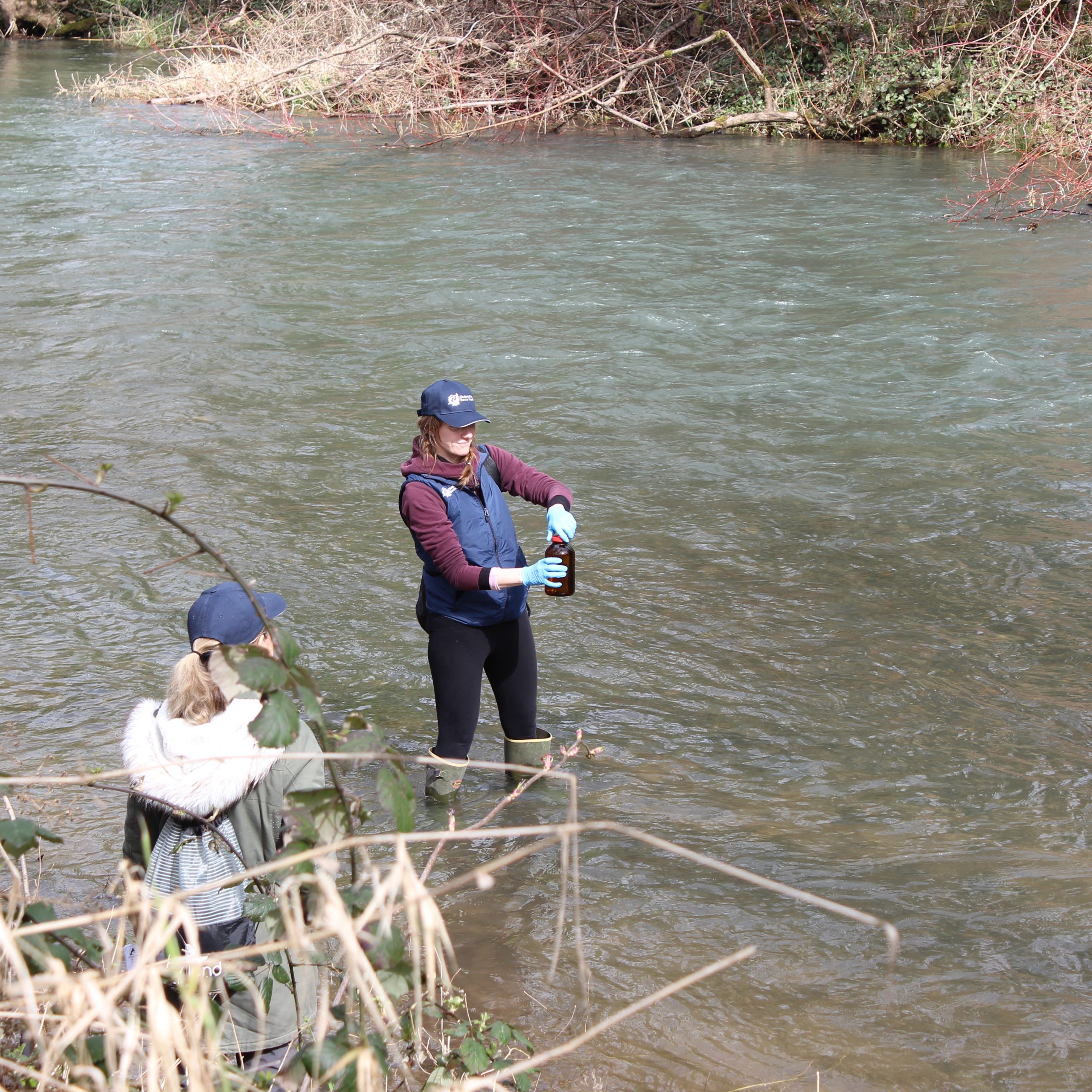CRBC monitors several creeks in the Clackamas watershed for pesticides. Working with the Oregon Dept. of Agriculture and the Dept. of Environmental Quality, Suzi gathers water samples, measures flow rates, and monitors stream health on her monthly watershed health check-ups.
Which creeks do you monitor and why?
We collect samples from Deep, North Fork Deep Creek, Noyer, Rock and Sieben Creeks because we are monitoring streams that have major potential impacts from roadway runoff and pesticides.
What are your main concerns in these creeks?
The DEQ tests these samples for 145 pesticides and regularly finds pesticide concentrations above the “aquatic life benchmark.” That means our streams have toxicity levels that represent a risk to aquatic life, leading to lasting, detrimental impacts for the plants and wildlife that live in the watershed ñ not to mention the health of our drinking water.
What’s the trend of stream health?
With the increases in concentrated land use, we are actually finding pesticide detections going up, unfortunately. And yet, Pesticides are only one component of stream health. Many of our streams also absorb soil runoff and fertilizers which can cause harmful algae blooms. Streams that lack trees along their banks for shade also can make the waters too warm.
What can people do to improve stream health?
First, we must use pesticides and fertilizers appropriately: right type, right amount, right time to apply, right place, right weather – all these considerations go miles to keep these nasties out of our streams. Planting and keeping healthy streamside forests also help. They keep water clear and cool for fish, shield against bank erosion and add critical habitat.
For more info, download our pesticide guide:


